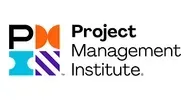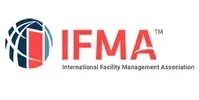Asbestos, Mold, Hazerdous Material, Restorations
MOLD REMEDIATION
Eliminating Mold, Ensuring Safety
There are several reasons to hire Atlas Abatement Services for your professional mold remediation company. Firstly, we possess the expertise and experience needed to effectively identify and remove mold from your property. Since mold can pose serious health risks, it is essential to ensure it is completely eradicated. Professional mold remediation companies have the tools and knowledge to safely and thoroughly eliminate mold from your home or business.
Moreover, hiring a mold remediation company can save you both time and stress. Attempting to remove mold on your own can be a challenging and time-consuming task. By enlisting the help of professionals, you can be confident that the job will be done efficiently and effectively. This provides peace of mind, knowing that your property is in capable hands and that the mold problem will be properly addressed.
Three Basic Categories of Mold
Allergenic Molds
Unlikely to cause infections, mold can still aggravate symptoms in individuals with mild mold allergies.
Only certain types of mold trigger allergic reactions. Being allergic to one type of mold doesn't mean you'll be allergic to another. Some of the most common molds that cause allergies include Alternaria, Aspergillus, Cladosporium, and Penicillium.
Allergenic mold refers to mold species that can trigger allergic reactions in some individuals. When these molds release spores into the air, they can be inhaled and cause various allergic symptoms such as sneezing, coughing, wheezing, itchy eyes, and skin irritation. It's important to note that not all molds are allergenic, and the severity of allergic reactions can vary from person to person. Identifying and removing allergenic mold from indoor environments is crucial for maintaining a healthy living space and reducing the risk of allergic reactions.
Pathogenic Molds
The most common pathogenic species are Aspergillus, Fumigatus, and Aspergillus flavus. Aspergillus flavus produces aflatoxin which is both a toxin and a carcinogen and which can potentially contaminate foods such as nuts. Aspergillus, Fumigatus, and Aspergillus flavus can cause allergic disease.
Pathogenic mold refers to a type of mold that has the potential to cause harm or disease in living organisms. This mold is characterized by its ability to produce toxins or trigger allergic reactions in individuals who come into contact with it. Pathogenic molds can be found in various environments, such as homes, workplaces, and outdoor areas, and they thrive in damp and humid conditions. These molds can pose a significant health risk, especially to individuals with weakened immune systems or respiratory conditions.
Toxigenic Molds
Certain molds are toxigenic, meaning they can produce toxins (specifically “mycotoxins”). Hazards presented by molds that may produce mycotoxins should be considered the same as other common molds which can grow in your house.
If toxigenic molds are suspected or identified in a property, it is crucial to take immediate action to remove the mold and address the underlying moisture problem. Professional mold remediation may be necessary to safely and effectively eliminate the mold and prevent its return. By addressing mold issues promptly and effectively, the health risks associated with toxigenic molds can be minimized, creating a safer indoor environment for occupants.
Mold Prevention
Preventing mold growth in a property is crucial for maintaining a healthy indoor environment. Mold can cause various health issues, such as respiratory problems and allergies, so it is essential to take proactive measures to prevent its growth. This can be achieved by controlling moisture levels in the property, ensuring proper ventilation, and promptly addressing any water leaks or damage.
Regularly inspecting the property for any signs of water damage or excess moisture is key to mold prevention. Areas prone to moisture buildup, such as bathrooms, kitchens, and basements, should be closely monitored and kept dry. Using dehumidifiers in damp areas can also help reduce moisture levels and inhibit mold growth. Additionally, ensuring that the property is well-ventilated can help prevent condensation and mold formation.
In addition to these preventive measures, it is important to address any mold issues promptly if they arise. Hiring a professional mold remediation service can help effectively remove mold and prevent its recurrence. By staying vigilant and taking proactive steps to prevent mold growth, property owners can create a safe and healthy living environment for occupants.
Mold Remediation
The biggest cause of mold is long standing moisture inside of buildings. There are many different types of molds but the thing they all have in common is they need moisture to flourish. Mold begins when mold spores land on humid surfaces that are continuously wet. From there the mold spores have the foundation it needs to grow and multiply.
Common causes of mold:
Leaking Roof
Humid Attics
Damp Basements
Leaking Pipes
Ventilation Problems
Condensation
Water Leaks
Floods
Existing Mold
There are different phases and degrees of damage mold can have on building materials.
If you begin to see mild dark staining on drywall, flooring, windows, or wall corners this could be very early stage mold growth. There is the possibility that this mold is surface mold and can be cleaned off.
If your drywall, flooring, and general home materials appear to have dark spotting and ispongy and soft to the touch it is likely that you have more serious mold problem that require professional attention. Typically, when this occurs the affected materials will need to be remediated and safely removed from the building. Once the material has been removed the framing, subfloor, or general structure behind the mold containing materials can be properly assessed.
Steps to Safely Address Larger Mold Damage
Set up hoarding containments to protect surrounding areas from mold spores.
Set up commercial grade dehumidifiers to pull excess moisture from the air that may be contributing to the mold problem.
Set up negative air machines with HEPA filters to begin cleaning the air and ensuring that mold spores do not spread to the rest of the building during remediation.
While wearing the proper PPE, a trained technician will demo the materials affected by mold.
The material is then double bagged and safely removed from the property.
With larger mold situations a third party hygienist should be used to ensure the air in the work space is safe once mold remediation is complete.
The customers should be provided with a written report that includes pictures of the work space once the mold has been safely removed.
Set up hoarding containments to protect surrounding areas from mold spores.
Set up commercial grade dehumidifiers to pull excess moisture from the air that may be contributing to the mold problem.
Set up negative air machines with HEPA filters to begin cleaning the air and ensuring that mold spores do not spread to the rest of the building during remediation.
While wearing the proper PPE, a trained technician will demo the materials affected by mold.
The material is then double bagged and safely removed from the property.
With larger mold situations a third party hygienist should be used to ensure the air in the work space is safe once mold remediation is complete.
The customers should be provided with a written report that includes pictures of the work space once the mold has been safely removed.
Set up hoarding containments to protect surrounding areas from mold spores.
Set up commercial grade dehumidifiers to pull excess moisture from the air that may be contributing to the mold problem.
Set up negative air machines with HEPA filters to begin cleaning the air and ensuring that mold spores do not spread to the rest of the building during remediation.
While wearing the proper PPE, a trained technician will demo the materials affected by mold.
The material is then double bagged and safely removed from the property.
With larger mold situations a third party hygienist should be used to ensure the air in the work space is safe once mold remediation is complete.
The customers should be provided with a written report that includes pictures of the work space once the mold has been safely removed.
Professional Affiliations & Memberships







Contact us
780-297-2316
projects@atlasabatementservices.ca
Unit 140, 314-222 Baseline Road, Sherwood Park, Alberta, T8H 1S8
Business Hours
- Mon - Fri
- -
- Sat - Sun
- Appointment Only
